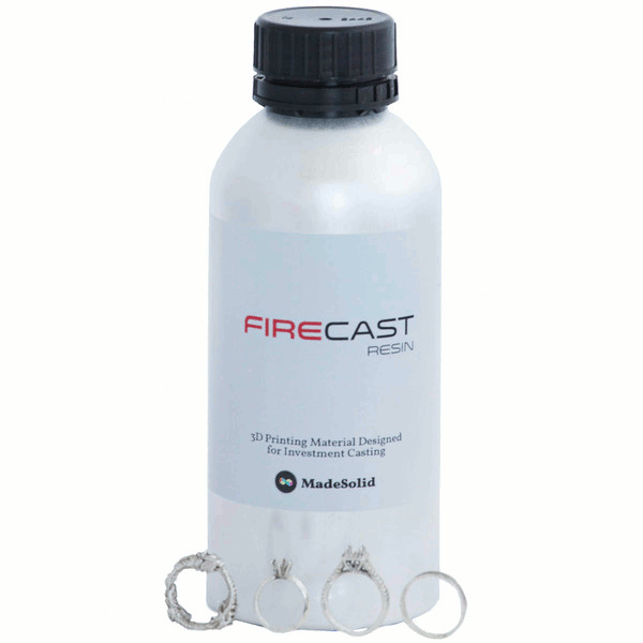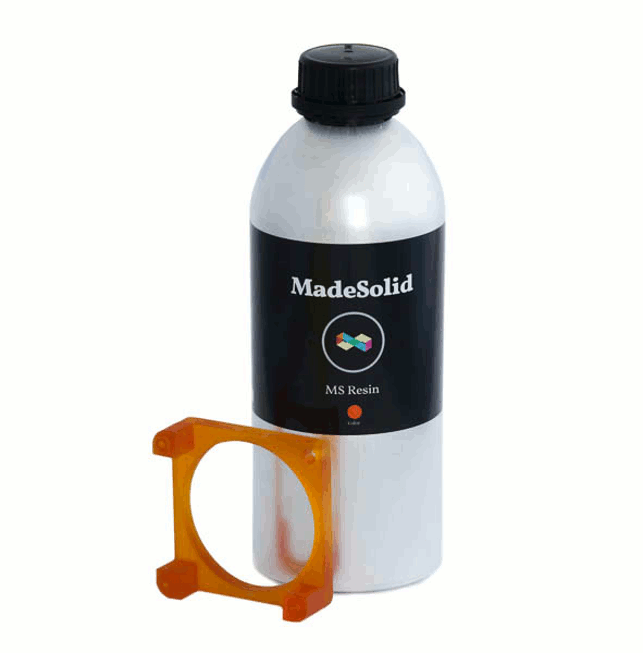Spending some time in the workshop once again this summer, Al Dean has been exploring the next generation of 3D printers and comes to the conclusion that an open market is what’s driving the industry forward
If you spend any time exploring the 3D printing market, you’ll find that its current swathe of success is being driven by openness rather than the commercial protectionism that has plagued it for years.

Some sample parts, showing the fidelity that’s possible with a desktop SL machine and specialised resins
Let me qualify that for a moment. To have a successful market in tools for the professional, you need a couple of things. Firstly, and rather obviously, solid, reliable and robust machines that work within their limits (and they all have them).
You then need materials to feed those machines. In the traditional, what used to be called the Rapid Prototyping industry, you find core materials coming from the machine vendors (after all, many of them make around a third or more of their revenue from materials) then a separate set of vendors that provide materials that work with those machines.
Unfortunately, the machine vendors didn’t take too kindly to this at all and during the 1990s and early 2000s, we saw all manner of litigation and legal entanglement that did very little other than to line the pockets of lawyers.
Now that we’re in the brave new world of lower cost machines and lower cost materials, you’d expect things to be different. And it’s currently the case that things have changed.

MadeSolid’s Firecast resin
Take the subject of this month’s review on the Formlabs Form 1+. The company supplies four different resins built specifically to run on their machines. While I’m sure that most customers will run with these, there are growing number of vendors offering alternatives.
Whether that’s different colours or to serve different purposes, there are options there and you’re free to try them and see what the results are like.
A good example is for those working in industries that use investment casting of small, intricate components (jewellery springs immediately to mind, but there are many others). None of the Formlabs resins are qualified for investment casting as yet but the machine’s high resolution lends itself to the building of sacrificial ‘waxes’ nicely.
Enter MadeSolid, a provider of a variety of UV curable resins and filaments, for FDM machines. At present, it has two resins that are compatible with the Form 1 — a tougher resin for robust parts that’s due soon as Firecast. This has been formulated specifically for low ash burn out, which is absolutely essential for investment or lost wax casting processes.
Another example is MakerJuice, who is doing similar things, but concentrating on providing flexible parts and with a wider range of colour options.
Of course, then if you look at the filament market, it’s exploded to the point where there are a multitude of vendors developing all manner of interesting filaments to supplement the bog standard ABS and PLA offerings. Whether you want recycled PET, wood based filaments, filaments based on nylon, high tensile polyester — the offerings are growing each day.
This openness is a glorious thing to watch and for those of us that can use these types of machines to carry out a part (ableit for many, a small part) of our jobs, it could be of financial benefit, even if that’s through time saving or less fragile prototypes.
One thing that I want to make sure is clear, is that I’m not talking about open source, just openness. Open source, by its definition, implies that the folks doing the work share the source and allow others access to it to rework, to improve and share back. That’s not the same as openness.

MadeSolid’s tougher UV curable resin
Openness, in this instance, means that vendors aren’t beholden to divulge their intellectual property at all, but my feeling is that everyone involved should agree not to stand in the way of other companies looking to offer add-on, alternative materials or indeed, ancillary equipment.
This latter category is something that I’ve got a keen interest in. As the use and proliferation of desktop 3D printers in the professional realm ramps up, I’d love to see some action in terms of assisting and enhancing the inevitable post processing and finishing workflows.
The industrial grade 3D print market has seen this for some time. Companies have been founded, usually based on pre existing expertise, to cater to those looking for quick, clean (relatively) and efficient ways to finish, to cure, to break out and prep 3D prints.
That has yet to happen at the lower end of the spectrum. If you take a look at our Formlabs review, you’ll see that I’ve made a recommendation that if you bring this machine into your workflow, investment in a UV tool steriliser is a good bet. You can grab one for 40 quid off eBay. The reason for that is that they’re typically used in beauty salons to sterlise tools, rather than cure 3D prints.
It’s not ideal, it’s not perfect and its got pictures of combs and scissors plastered all over the glass door, but it works.
It wouldn’t take too much work to make that kind of product perfect — less obstruction of the UV strip bulbs, finer mesh on the grills to support smaller parts and maybe, a slightly less annoying timer (the ticking is driving me bat shit crazy as I write this).
In fact, I’m off to make a fancy video and get this rolling on Kickstarter.
Exploring how an open market is driving the 3D printing industry forward
Default






